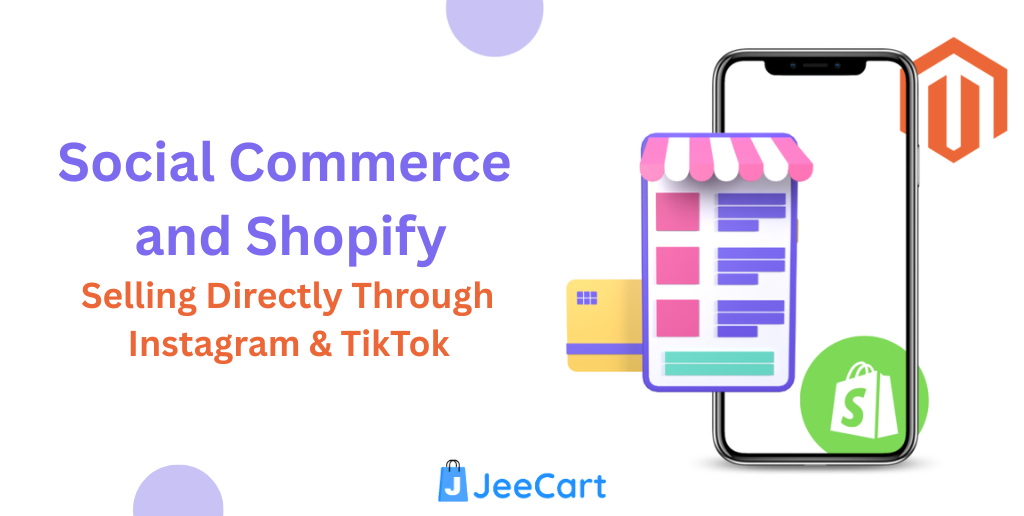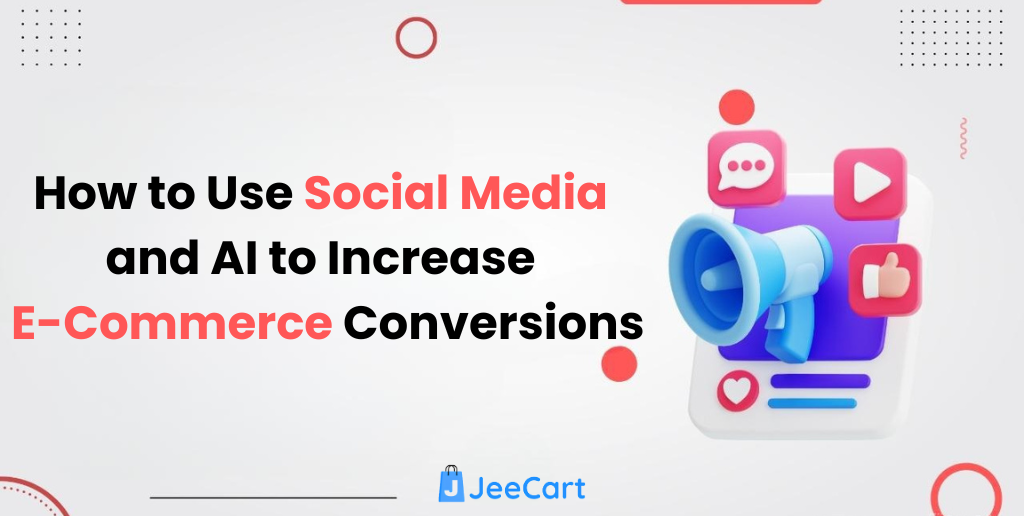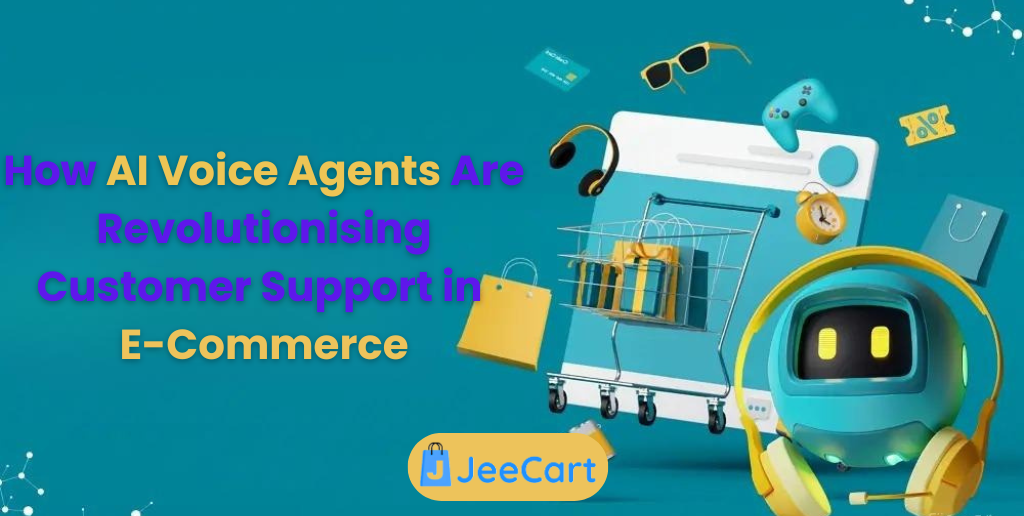
The e-commerce industry is experiencing a significant transformation, and social media is currently at the start of this trend. Sites like Instagram and TikTok have developed into effective sales platforms by integrating shopping and fun. In 2025, almost 35% of young shoppers will buy something straight from social media every week every week. Social commerce is a big trend changing how brands connect with and reach people.
Many online stores use Shopify, and now they’ve made it even easier for companies to sell on social networks. It works smoothly with Instagram and TikTok, so sellers can use their feeds to show off, market, and sell their products. Where convenience meets social connection, an exciting time has started.
What does Social Commerce mean?
When you sell things directly on social media sites, you’re doing social shopping. People don’t have to go to a different website to find, look at, and buy goods; they can do all of that inside the app.
When you buy something through this method, the process is shorter, more visible, and more engaging than with regular eCommerce. With just a few clicks, users can watch a TikTok movie, click on a product link, and buy something. For companies, this means more interaction, more sales, and comments from customers right away.
How Shopify works with Instagram and TikTok.
Instagram and TikTok are both easily connected to Shopify, which makes it easier for merchants to handle social selling along with their online shops. Inventory, payments, marketing, and data are all brought together into one easy platform by these connections, especially when paired with tools like Prediko, which streamline inventory planning and purchasing across sales channels..
The following are the actions that merchants may take-
- You can add shoppable tags to images, reels, and TikTok videos to make product information immediately available to viewers.
- Offering in-app shopping means that users can make purchases without leaving Instagram or TikTok.
- Conduct live shopping sessions to demonstrate products in action and engage with viewers in real time.
- With centralized insights, you can see data on sales, activity, and traffic from all of your social media accounts in one place.
- These features help brands turn casual scrollers into loyal buyers by making shopping and entertainment more fun together.
How to Configure Shopify for Social Commerce
Although it’s easy to get started, being successful requires planning and creativity.
Make a connection between your Shopify website and your Instagram and TikTok business accounts. Use Shopify’s official integrations with TikTok and Instagram to administer campaigns and coordinate products. Install social applications.
Make sure that names, images, and prices are the same across all devices when you optimize product details. Post videos, clips, and stories that show how your goods are used. People buy what they can visualize, so consider using animated marketing video production to bring more life to your product’s visual storytelling.
Use Shopify’s analytics to see what’s working and what needs fixing in terms of performance. Follow these steps to sell your products on social media, where your customers already check out.
How to Sell the Best on Instagram and TikTok
In the quick-paced world of social media, your AI content strategy needs to make people feel something to stand out.
- Ask your users to share photos or videos of themselves using your goods to get user-generated content. Share them again to build trust and credibility.
- Partner with creators who really fit your brand when you work with influencers.
- Mixed popular and specific hashtags can help people find your posts.
- If you want to get more people to interact with you on Instagram or TikTok, run special deals that are only available to people who follow you on those platforms.
- Always respond to comments and direct messages, and thank customers for buying. Engagement makes things more visible.
Customers are more likely to buy from you if they feel like they are a part of the story behind your brand.
The Advantages of Social Commerce for Shopify Sellers
Fewer clicks mean faster sales, which leads to higher conversion rates. Extend your reach by engaging with millions of people on social media platforms. Visual storytelling is facilitated by the use of videos and reels, which allow the demonstration of the value of a product.
Building a community involves constant contact to create devoted admirers. The data on Shopify shows which posts and goods do the best. By utilizing BotSpace, you can track which automation journeys, like Comment-to-DM or Story Reply, result in the highest conversions. This insight allows you to focus on strategies that yield significant ROI.
As these social channels scale, brands increasingly need flexible billing systems that adapt to fluctuating transaction volumes. Platforms can implement usage-based pricing models, aligning revenue directly with customer engagement across channels like Instagram and TikTok , ensuring predictable margins while supporting growth during high-traffic campaigns.
Avoid these common mistakes.
Some manufacturers are unable to communicate due to minor but costly errors, despite having the appropriate setup. Don’t make these mistakes. It’s not about how often you post that makes you successful in social business; it’s about what you post.
- By disregarding consumer interaction, social media thrives on discussion.
- Don’t just publish ads; combine them with postings about your life and what’s going on behind the scenes.
- Visuals are neglected, and pictures of low quality undermine confidence.
- Analytics are often overlooked, but they are instrumental in the refinement of effective strategies.
Prospective Developments in Social Commerce.
It’s still early days for social business, but the future looks very bright. In the next few years, shopping will be a lot more specialized and engaging. Augmented reality will let buyers virtually try on clothes, accessories, and merchandise before buying them, and artificial intelligence will make better product suggestions based on how users behave and what they like. There will also be more live commerce events where people can connect with brands and buy things during shows.
At the same time, one-click payment choices built right into social apps will make shopping faster and safer. Brands that adopt these innovations at the outset will have a substantial competitive advantage as consumers continue to integrate entertainment, social interaction, and purchasing into a single, seamless experience.
Wrapping It Up
Shopify development services are at the center of this change in how businesses sell online because of social commerce. Brands can reach people where they already interact, look, and shop by connecting with Instagram and TikTok.
You can use social media to make sales if you have a brilliant plan that focuses on innovation, trust, and easy shopping. Alongside your social commerce strategy, integrating RevOps platforms aligns marketing, sales, and customer service to maximize revenue and efficiency. Truthfulness, looking at results, and adding new features are the keys to success. Online shopping will grow by making things faster and more linked. This future is already here because Shopify and social networks work together.







